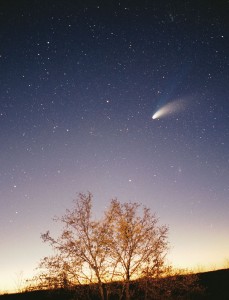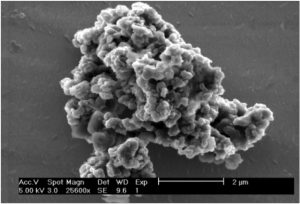Volatiles in the solar system
Introduction
Project Leader: Prof. Maria Schönbächler
This project addresses central questions regarding the origin and evolution of volatiles in planets. Understanding the presence or absence of volatiles at the different stages of planet formation is important because the volatiles significantly influence the predominant physical and chemical processes (e.g., mantle dynamics, magmatism, oxidation state, core formation) and thus shape the final state of a planet, including its atmosphere and habitability. We tackle these questions by applying sophisticated analytical techniques to extraterrestrial samples in the laboratory.
Sub-Projects
Volatiles in the solar nebula
Prof. Klaus Mezger
This project targets the following question: What is the dominant mechanism of volatile depletion in the solar nebula: incomplete condensation from the solar nebula or evaporation during high-temperature processing e.g., chondrule formation?
To this end, we analyze the abundances and isotopic compositions of volatile elements in different meteorites and their components.
Hydration of planetesimals
Prof. Klaus Mezger
This project addresses the question: When and how did aqueous alteration occur that is recorded by various meteorite groups (representative for planetesimals)?
To this end, we date hydration minerals in various meteorite groups.
Timing of volatile delivery to planets
Prof. Maria Schönbächler
This project addresses the question: What is the timing of volatile addition/loss in planetesimals and planets?
To this end, we determine the timing, composition and magnitude of late accretion to the terrestrial planets using high precision isotope measurements.
Volatiles of planetary interiors and their possible influence on the atmosphere
Dr. Henner Busemann
This project addresses the question: How did the volatiles in the interior of terrestrial planets and their atmospheres evolve and to what extent were primary volatiles from the original building blocks involved, or later delivered e.g., via comets and asteroids?
To this end, we measure noble gases in meteorites, interplanetary and cometary dust.



